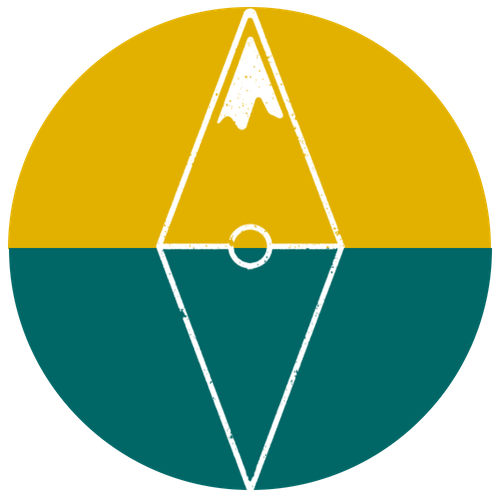GALAPGOS NATIONAL PARK: Stories of Our Experiences & Recommendations
Greater flamingo feeding in a salt-water lagoon on the Isabela Island
THOUSANDS OF YEARS AGO A FEW VENTURESOME SPECIES MADE THEIR WAY ACROSS THE OCEANS TO REACH THIS REMOTE ARCHIPELAGO AND WRITE AN EVOLUTIONARY STORY THAT HAS CONTRIBUTED TO A CHANGE IN THE WAY HUMANS TODAY UNDERSTAND THE WORLD AROUND THEM. FULL OF ENDEMIC FLORA AND FAUNA, THE GALAPAGOS ISLANDS ARE NOW THE DREAM OF MANY TRAVELERS HOPING TO SPOT SOME OF THE WILD, ECCENTRIC RESIDENTS THAT HAVE INSPIRED DARWIN AND HAVE SURVIVED THE HUMAN EXPLOITATION ACROSS THE CENTURIES.
It was rare to find a book that wouldn’t paint a pretty bleak image of the Galapagos and its ecosystems’ small chance of survival with today’s tourism. We weren’t too convinced that we had made the right decision to come here, but were thinking that it could serve as an example of how not to develop a conservation destination. While its true that things aren’t all rosy and that overpopulation on some of the islands has taken a toll on the water quality, it’s also true that the current government of this autonomous region of Ecuador has understood what’s at stake and what has to be done in order to make sure that all human residents understand that their survival and wellbeing is tightly connected with the survival and wellbeing of the archipelago’s flora and fauna. As tourists, in order to help maintain this fragile balance, we have a duty to follow all the sustainability practices available: no single use plastics, bring reusable water bottles and bags, be mindful of water consumption, definitely “leave no trace” in natural areas, do not demand more from guides than can be legally offered when it comes to approaching wildlife, follow the trails, and research service providers (you can start with the directory of the members of the International Galapagos Tour Operators Association).
Here are a few things to keep in mind when visiting Galapagos:
as an international traveler you will have to pay an access fee to the national park which in 2018 was still $100 pp;
only a very small percentage of the archipelago is open to visitors and just four islands are inhabited: Santa Cruz — the main tourist hub, San Cristóbal — main port for live aboard departures, the charming Isabela, and the much smaller Floreana;
you will be accompanied by a national park-approved guide at almost all of the 60+ accessible sites, and the number of visitors per day is limited at each of these sites;
all the guided activities come at a fairly high price of around $150 pp/day and spaces fill up quickly;
there are two seasons: the wet season — roughly January to May, when bursts of heavy rain combined with clear, sunny skies will bring warm temperatures and lush vegetation, and the dry season — roughly June to November, when the sea and bird life will be at its most spectacular, but when windy, gloomy, cooler days will be predominant and water temperatures will be at the lowest (read here for a brief summary to plan your visit, and here for a detailed description).








"We call Galapagos a ‘social ecosystem’ - the union of the community with the ecosystem’s management, which is what generates conservation." Interview with Christian Sevilla, responsible for the Conservation and Restoration of Island Ecosystems department within the Galapagos National Park.